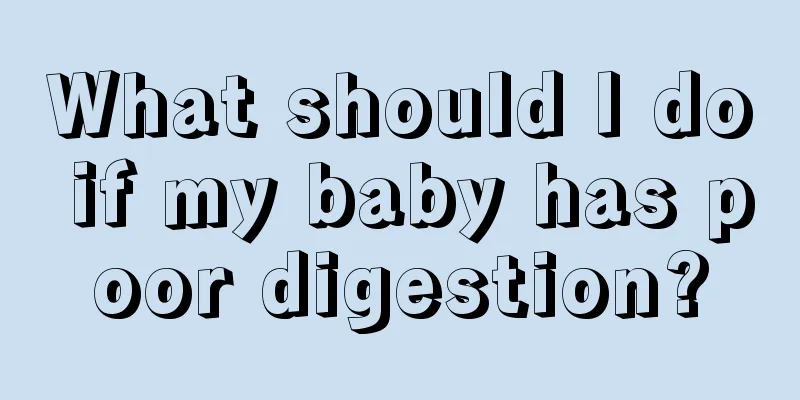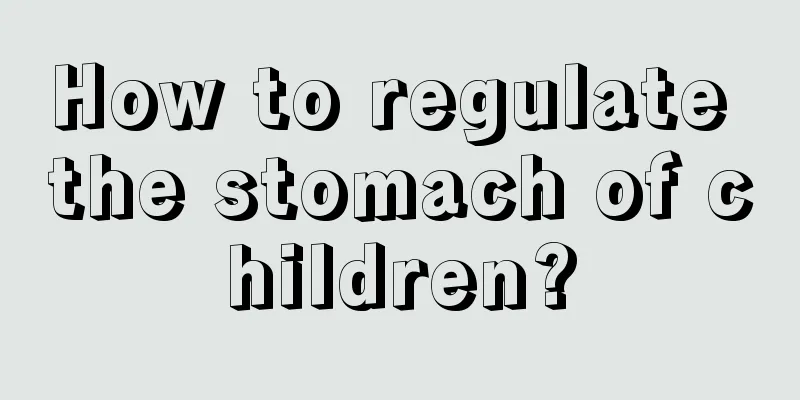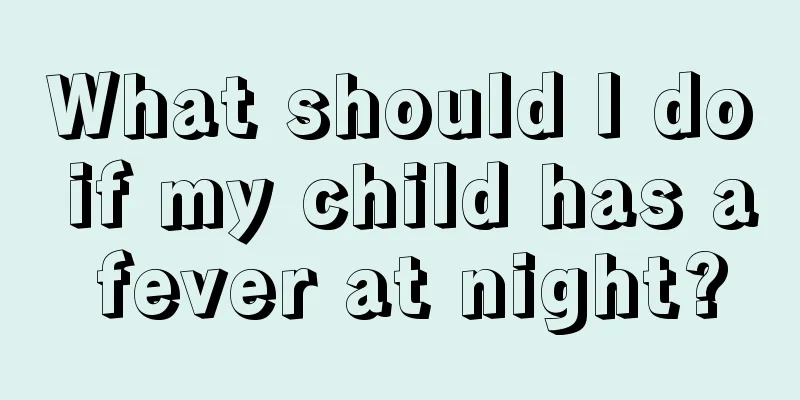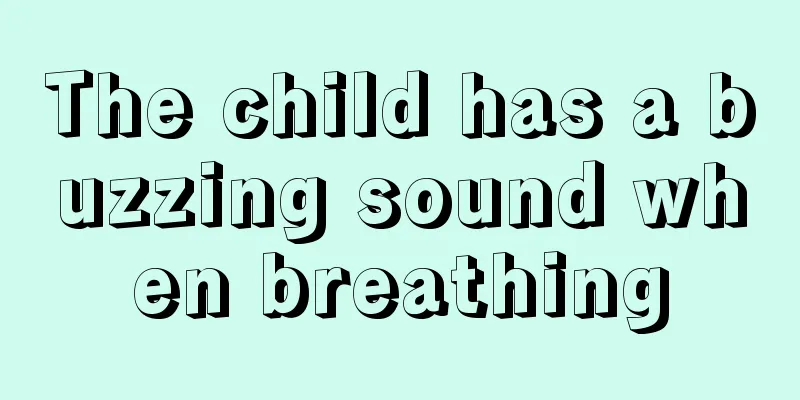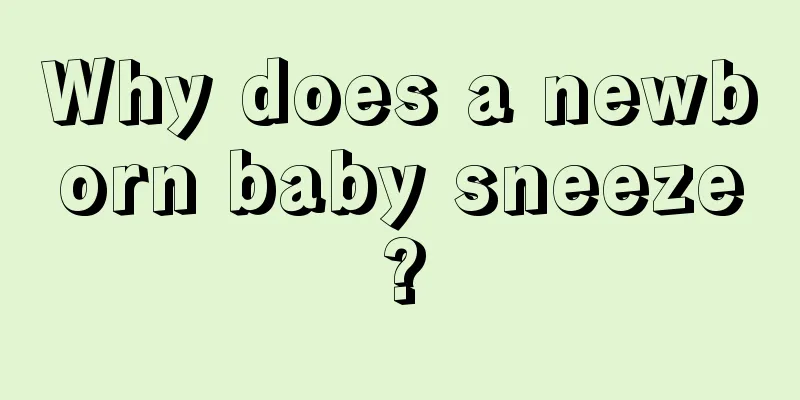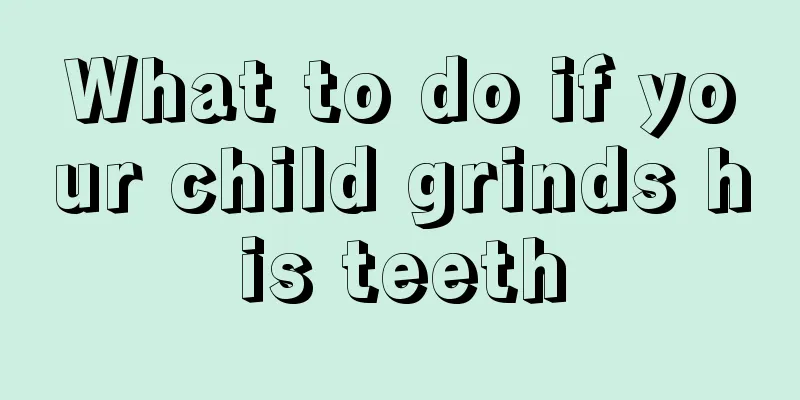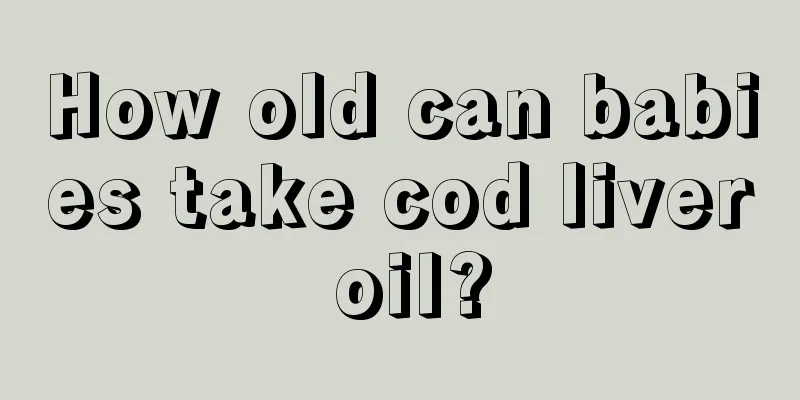What causes hand, foot and mouth disease?

|
Hand, foot and mouth disease threatens the health of many children. Many children fall behind in school and are unable to play with other children due to hand, foot and mouth disease infection, which leads to psychological inferiority. In fact, hand, foot and mouth disease is not scary. As long as we take correct measures to prevent the disease, we generally will not be infected with hand, foot and mouth disease. Moreover, many measures in kindergartens can prevent the occurrence of hand, foot and mouth disease. So, what causes hand, foot and mouth disease? 1. Causes There are several enteroviruses that can cause hand, foot and mouth disease. The most common are coxsackievirus A16 and enterovirus 71. The infection routes include the digestive tract, respiratory tract and contact transmission. 2. Clinical manifestations Hand, foot and mouth disease mainly occurs in children under 5 years old. The incubation period is usually 2 to 10 days, with an average of 3 to 5 days. 1. Common symptoms Acute onset, fever, mouth pain, anorexia, scattered blisters or ulcers on the oral mucosa, mostly located on the tongue, buccal mucosa and hard forehead, and may also affect the soft palate, gums, tonsils and pharynx. Maculopapular rashes appear on the hands, feet, buttocks, arms, and legs, and later turn into herpes. There may be inflammatory red halos around the herpes, and there is less fluid in the blisters. There are more of them on the hands and feet, and on the back of the palms. The number of rashes ranges from a few to dozens. It fades away without leaving any traces or pigmentation. Some cases only present as rash or herpangina. Most patients recover within a week and the prognosis is good. In some cases, the rash may be atypical, such as appearing in a single area or only as maculopapular rash. 2. Symptoms of severe cases In a few cases (especially those under 3 years old), the disease progresses rapidly, with meningitis, encephalitis (brainstem encephalitis is the most dangerous), encephalomyelitis, pulmonary edema, circulatory disorders, etc. occurring within 1 to 5 days of onset. In very rare cases, the condition is critical and can lead to death, and survivors may have sequelae. (1) Neurological manifestations when concurrent central nervous system diseases occur: poor spirits, drowsiness, irritability, headache, vomiting, delirium or even coma; limb tremors, myoclonus, nystagmus, ataxia, ocular motility disorders; weakness or acute flaccid paralysis; convulsions. Physical examination revealed signs of meningeal irritation, weakened or absent tendon reflexes, and a positive Babinski sign. Central nervous system symptoms are more common in children under 2 years old. (2) Respiratory system manifestations of pulmonary edema: shallow breathing, difficulty breathing or change in rhythm, cyanosis of the lips, cough, coughing up white, pink or bloody foamy sputum; moist rales or sputum sounds can be heard in the lungs. (3) Circulatory system manifestations of concurrent myocarditis: pale complexion, skin patterns, cold limbs, cyanosis of fingers and toes; cold sweats; prolonged capillary refill time. The heart rate increases or decreases, the pulse becomes shallow or weak or even disappears; the blood pressure increases or decreases. |
<<: What to do if a 4-year-old has cavities?
>>: How is hand, foot and mouth disease transmitted?
Recommend
Burping with a rotten egg smell and loose stools
Burping with a rotten egg smell and loose stools ...
Does a little girl need to take medicine for vaginal yeast infection?
Girls' bodies are very fragile, especially th...
Can children's pharyngitis be cured?
Pharyngitis is a very common disease in life. It ...
What to do if your child has a fever and drools
Fever is a common cold symptom in children. When ...
Tips for babies with colds and sneezing
We all know that it is normal and common for babi...
What are the types of cervical tuberculosis in children?
Cervical lymphadenopathy is a very scary disease,...
Can babies drink red bean porridge?
Red bean porridge is a very nutritious food. Many...
What should I eat to supplement my fetus’ short legs? How to prevent babies from having short legs?
Short legs of the fetus is an abnormal phenomenon...
At what age does the baby start to have a stomachache?
Babies who are breastfed often do not defecate fo...
Why does my three-year-old baby’s teeth turn black?
When a child is just born, there are many periods...
Why is the baby's palms hot but his forehead is not?
The baby's body temperature changes very quic...
Children's hip ultrasound
Children will always encounter various problems a...
The difference between baby convulsions and shaking
Whether the baby is healthy or not is a topic of ...
What are the dietary treatments for children's colds and coughs?
Many children are always reluctant to take medici...
4 numbers to help children eat healthily and absorb well
Preschool babies are at the peak of growth and de...
